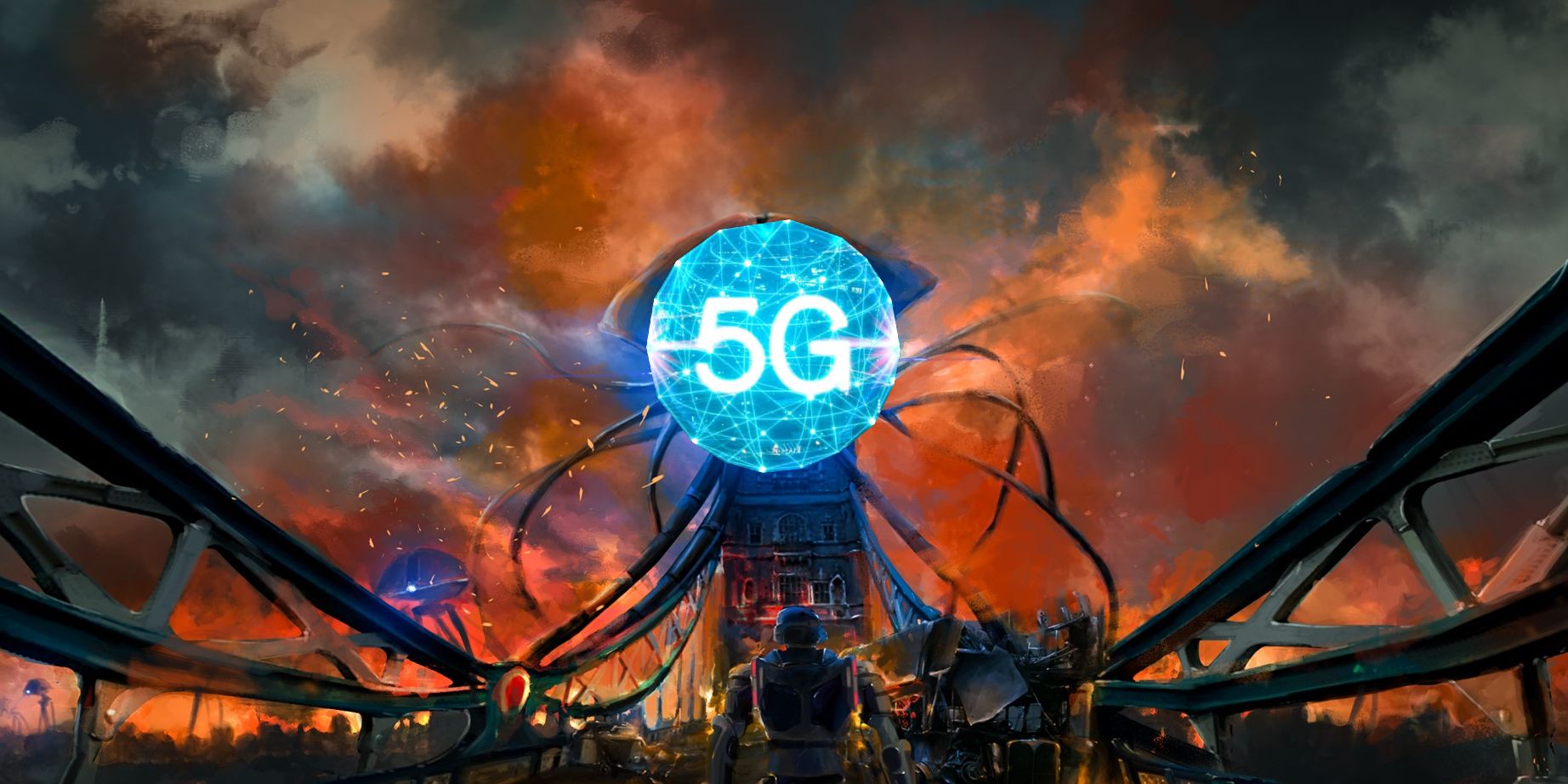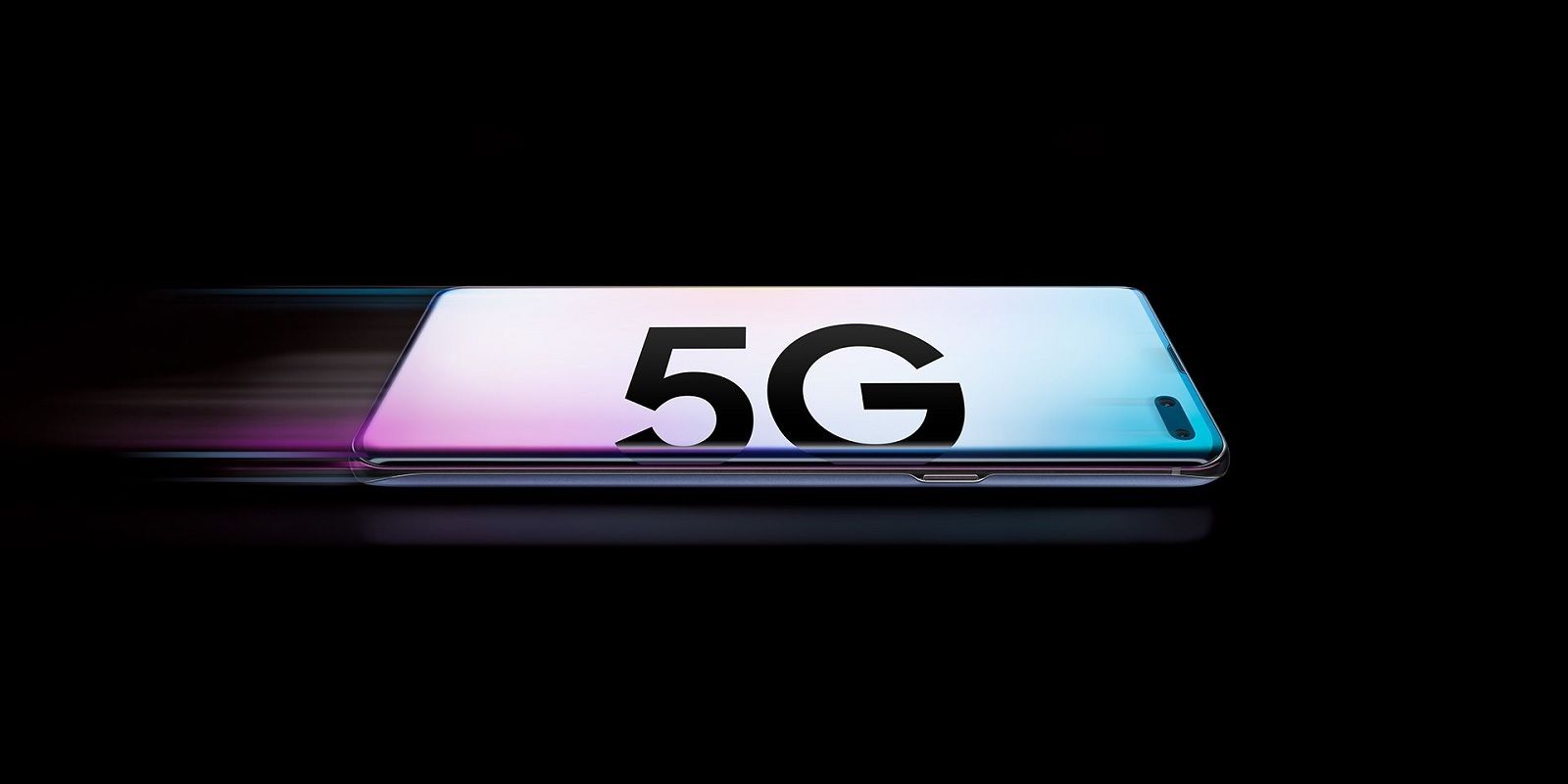Public discourse about the impending transition to 5G smartphones has brought with it a number of concerning health risks. Many people have fears 5G signals could cause cancer, tumors, or be hazardous to people and the environment in other ways. There exist a number of classifications and reports to back up some of these fears, as well as logic-based arguments about our "unknown unknowns" – after all, humans really haven't had such a level of radiation exposure historically.
By the middle of 2020, every major North American mobile network will have deployed 5G infrastructure. We've already started to use 5G with smart devices from manufacturers like Huawei and Samsung, and there are even rumors of 5G support for a future iteration of the Nintendo Switch. The appeal of such an upgrade is overwhelming. 5G represents a more than tenfold increase in speed over 4G. It's a leap from about 10 Mbps to at least 10 Gbps, meaning at its worst, a 5G connection will be significantly faster than 90% of North America's wired internet speeds. 5G can also reduce latency from the current 4G standard of about 30 ms, to 1 ms, which would make most online interactions virtually instantaneous.
These advancements certainly come with some changes. 5G requires a transition from radio waves (which carry most of our current wireless communications) to millimeter waves. Millimeter waves operate at much higher frequencies, but are also easily absorbed by walls and plants, which will weaken reception. To combat this, "5G-ready" cities will have to place base stations on buildings and in other locations to accommodate the change. They'll be small, but there will be quite a number of them, which is one reason people are concerned about 5G's health implications. However, How-To Geek reports that for many reasons, these fears are unfounded.
Why 5G Cancer Concerns Are Overblown
The primary health concerns about the 5G upgrade are related to cancer and tumors. The World Health Organization (WHO) listed 5G as a Group 2B carcinogen, meaning it is labeled "possibly carcinogenic to humans". In recent years, public knowledge of an illness called Electromagnetic Hypersensitivity has grown, in small part due to a character from Better Call Saul. News has also spread of a study from the National Toxicology Program in which rats exposed to radiation from 2G and 3G signals showed an increase in tumors. It's impossible to pin down one guaranteed source of 5G fears, but these stories - supported by the consistent, inherent fear of all forms of wireless communication dating back to before WiFi - represent the bulk of the common concerns.
Fortunately, these can all be discredited as reasons to call 5G a health risk. For starters, millimeter waves are still non-ionizing radiation. This means they're within the same classification as our other communications signals, like WiFi and radio waves. The WHO 2B classification list also includes things like caffeine and thyme, because it's actually the lowest threat level of carcinogens. Electromagnetic Hypersensitivity is said to exhibit real symptoms for those afflicted, but doctors report no evidence linking exposure to everyday radiation with said affliction. Even the study revealing signs of cancer in rats is unreliable. There were as many irradiated rats showing signs of tumor development as there are normal rats developing tumors due to random chance, and these rats were exposed to four times the concentration and duration of radiation humans are.
All of this points to the same conclusion: while science can't prove millimeter waves are strictly harmless, there's no evidence that they are harmful. 5G signals fall well within the same safety spectrum as the radio signals we use every day. So, logically speaking, people who don't fear radiation from WiFi, FM radio, 4G, or power lines have just as much reason not to fear 5G as a health risk.
Sources: How-To Geek, Live Science


